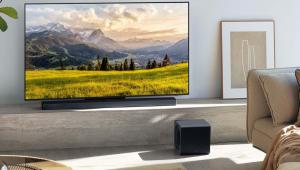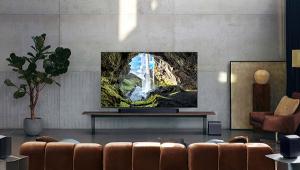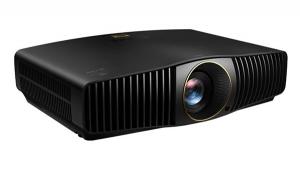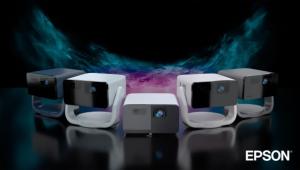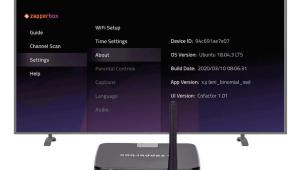The Unbearable Brightness of Being 4K Ultra HD

The UHD Alliance, also known as the UHDA, has all the heavy hitters on board, from movie studios to electronics manufacturers to content distributors: names such as Disney, Fox, Universal, Warner, DirecTV, Netflix, Dolby, LG, Panasonic, Samsung, and Sony. They all have a vested interest in next-gen video and compatibility is key to prevent a dreaded format war. A single standard nails down 4K resolution, as well as dynamic range, color gamut, frame rate, and surround audio.
Many of those items were checked off last summer (including the Ultra HD Blu-ray specs) but one issue remained: the minimum and maximum brightness levels of consumer UHD displays. At first glance, that seems a little weird. But if your company makes TVs, it's actually a big deal. Brightness levels essentially define the high dynamic range (HRD) that is a key improvement of 4K Ultra HD. In particular, the question of brightness pits LCD against OLED.
LCD panels are transmissive; LED back or edge lighting is needed to create the display. OLED panels are emissive and are thus self-lighting. LCD TVs can generate higher brightness levels than most OLED TVs. To achieve near black levels, local zones can be dimmed. Conversely, OLEDs can turn off pixel light and essentially achieve absolute black levels. Simply put, LCD starts bright and works down about 15 camera f-stops, while OLED starts at black and works up about 15 f-stops. Defining HDR that compatibly accommodates both technologies thus took some doing.
HDR is a hugely important part of 4K Ultra HD and is arguably as important as the resolution improvement itself. In any case, the completed specification contains the solution (or at least a compromise) to the brightness problem, and LCD and OLED manufacturers can get back to the business of making TVs. The UHDA will unveil the specification at a press briefing in Las Vegas on January 4. After that, any company can get licensed, proudly sport the official UHD logo, and and start cashing in on 4K Ultra HD.



















